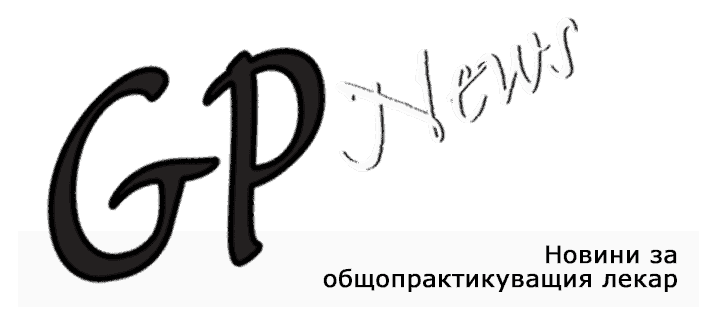Issue 8/2022
D. Grupchev, FEBO
SBOBAL – Varna, Medical University – Varna
Eye surgery has always been an enigma, close to a mystery with the sole purpose of restoring the most valuable human sense – eye sight(vision). The first evidence of eye surgery is found in Sanskrit manuscripts from the 5th century BC. Gradually, different tools began to be used to improve visualization, which are generally three groups: simple magnifying glasses, telescopes, special telescopic glasses.
The microscope was introduced into science as early as 1590, but it took almost a century to be used in practice. A step forward was the digital aperture introduced by Ernst Abbe, and it was applied for ear surgery. Each ophthalmic surgical microscope consists of a illuminating system, an observation system, a control panel for manual and / or foot control and a shoulder mounted on a stand/ceiling allowing the device to be adjusted to the patient. Each of these 4 elements has undergone significant evolution over time in order to achieve better visualization, greater safety and integration of various additional devices (for recording, measurement, additional qualitative and quantitative real-time analysis and surgical assistance).
The Artevo 800 (Zeiss) is the first complete digital microscope which allows classic application and three-dimensional surgery at “touch of a button”. Additionally, the microscope allows the application of intraoperative optical coherence tomography (iOST) and connection to the digital platform „Zeiss Callisto Eye®“ for precise ophthalmic surgery. A key feature of 3D surveillance is the OLED 4K display, which broadcasts real-time operation, allowing real time observation by the entire team including iOST.
It is difficult to predict in which direction the future will take us, although many science fiction writers have done this so frighteningly accurately in the past. It is very likely that most conventional optical systems we use today will fall away and be replaced by their digital alternative. Digitization will allow a reduction in the light used. The information generated will be more voluminous and at a higher structural level.
Address for correspondence:
D. Grupchev, FEBO
SBOBAL – Varna, Medical University – Varna
15, Doiran, Str.
9002, Varna, Bulgaria
